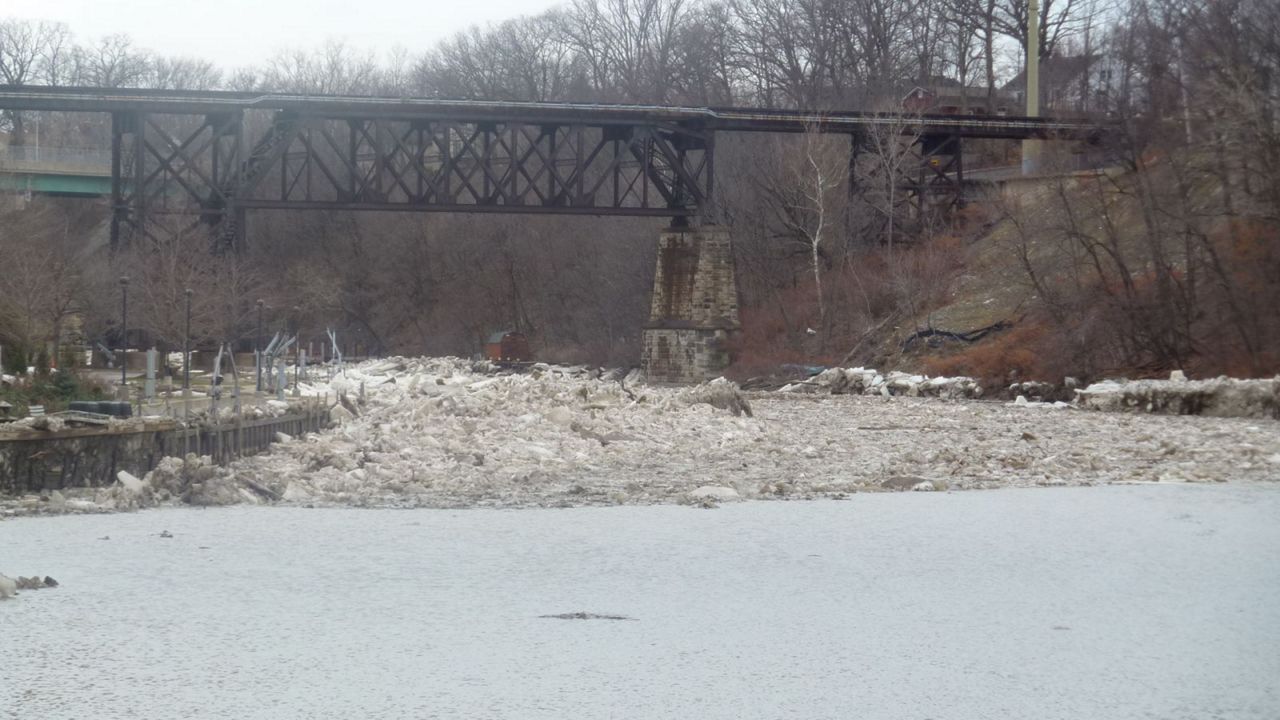One of the biggest weather risks in winter may surprise you. Typically, we hear about this weather threat in spring and summer, but winter? The answer is flooding–and yes, it can occur in winter, too.
Winter isn’t just about cold temperatures, snow and ice storms.
Temperature roller coasters, combined with snow, ice and rain, increase flooding potential.
Winter brings three types of flood risks.
It’s no surprise snow melts. In fact, it is part of our natural water cycle.
The melting snow becomes surface runoff that eventually flows into nearby streams and rivers. However, the rate of snowmelt can lead to flooding issues.
You don’t need to live by a stream or river to deal with snowmelt flooding. Ground that soaks in too much water can affect drainage systems or leave water in your basement.
Snowmelt is more likely in late-winter into the spring. For example, a snowy January followed by a few 50 to 60-degree days in February with additional rain could cause flooding quickly.
During the transition from winter to spring, the warmer days not only lead to melting snow, but ice jams.
And no, we aren’t referencing the jam left in your freezer. Bad joke aside, ice jams develop as ice in a river gets stuck and jams the water in the river.
Typically, ice jams happen where the flow of the river slows down, such as a river bend or a narrow spot.
It’s hard to predict ice jams and the spike in river levels can be sudden. Check out more details and watch a video here.
Even in the dead of winter, we can have large weather systems that produce heavy rain.
A lot of rain in a short amount of time increases our flooding concerns, especially flash flooding. The ground can't take in rainwater as easily as the rest of the year, heightening the potential for flooding from rain.
Regular downpours and flash floods can happen throughout winter as long as the temperatures are warm enough.
Go here for more about flooding dangers and flood safety tips.



